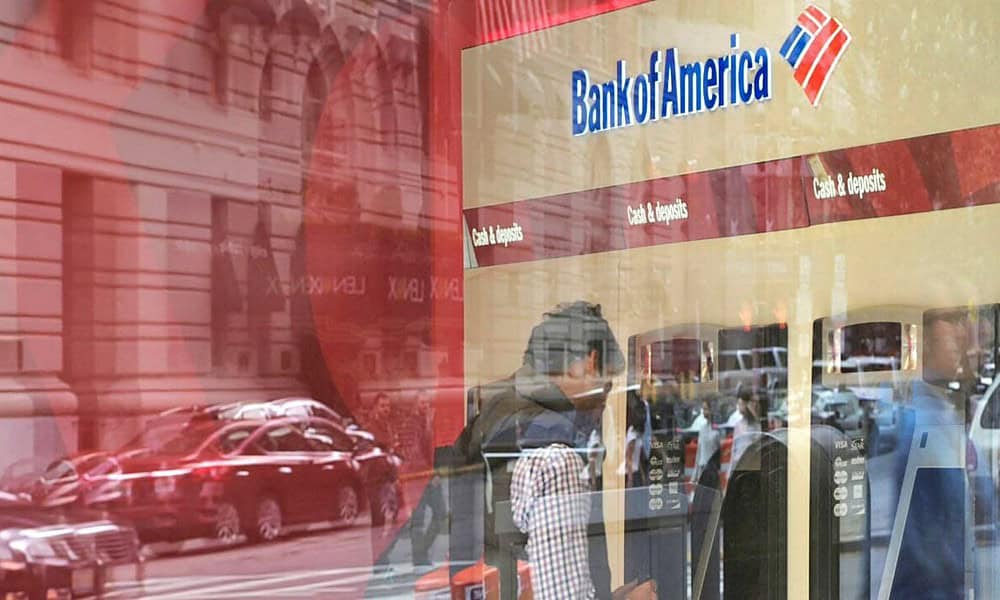In recent weeks, cash deposits in various banks in the United States have seen a significant decrease. This is mainly due to the fear that new banks will fail. Customers avoid putting their money at risk.
Deposits at all US commercial banks fell to their lowest level since August, after the failure of Silicon Valley Bank and two other US banks.
the published data Friday by the Federal Reserve showed a drop of $125.7 billion in deposits across all US banks in the week ending March 22nd.
However, total deposits were about $860 billion lower than their all-time highs last April, with more than a third of that decline — about $300 billion — in the weeks after SVB’s bankruptcy. on March 10th and from Signature Bank.
The drop in deposits during the first week of turmoil in the banking sector was nearly double the $98.4 billion initially estimated.
Fear of getting money in the smallest banks
Deposits at small US banks rose to $5.386 trillion in the week ending March 22, up from $5.381 trillion in the previous week.
On the other hand, deposits in the 25 largest banks in terms of assets fell from 10.74 trillion to 10.65 trillion.
US financial authorities have repeatedly confirmed that deposit inflows have leveled off after historic deposit runs at SVB and Signature, both with exceptionally high levels of deposits exceeding the $250,000 FDIC insurance limit.
The US authorities were forced to take a step to support all deposits of both banks, a move that drew both praise and criticism and created confusion about whether such broad protection would be offered in cases of other bank failures as some experts predicted.
Despite policymakers’ fears that bankruptcies and the shock they caused could incite a credit crunch and banks’ lending backlash, bank lending has not yet fallen significantly. Except for one major category of business loans: commercial and industrial loans.
It fell nearly $30 billion for the week, the largest drop since June 2021. However, it is not clear if the decline is related to the collapse of the two banks.
Other categories of bank lending, from commercial and residential real estate to consumer credit cards and auto loans, have shown little change since banking unrest erupted earlier this month.


:quality(85)/cloudfront-us-east-1.images.arcpublishing.com/infobae/TR43PX4FQRCGJOYTK6DVVHHXGE.jpg)

:quality(85)/cloudfront-us-east-1.images.arcpublishing.com/infobae/H6PXVMJSJBEWPLDS3YKZGRG3TU.jpg)
:quality(85)/cloudfront-us-east-1.images.arcpublishing.com/infobae/UWSEJCR5B5EBHMOJJA4UKWUVRQ.jpg)